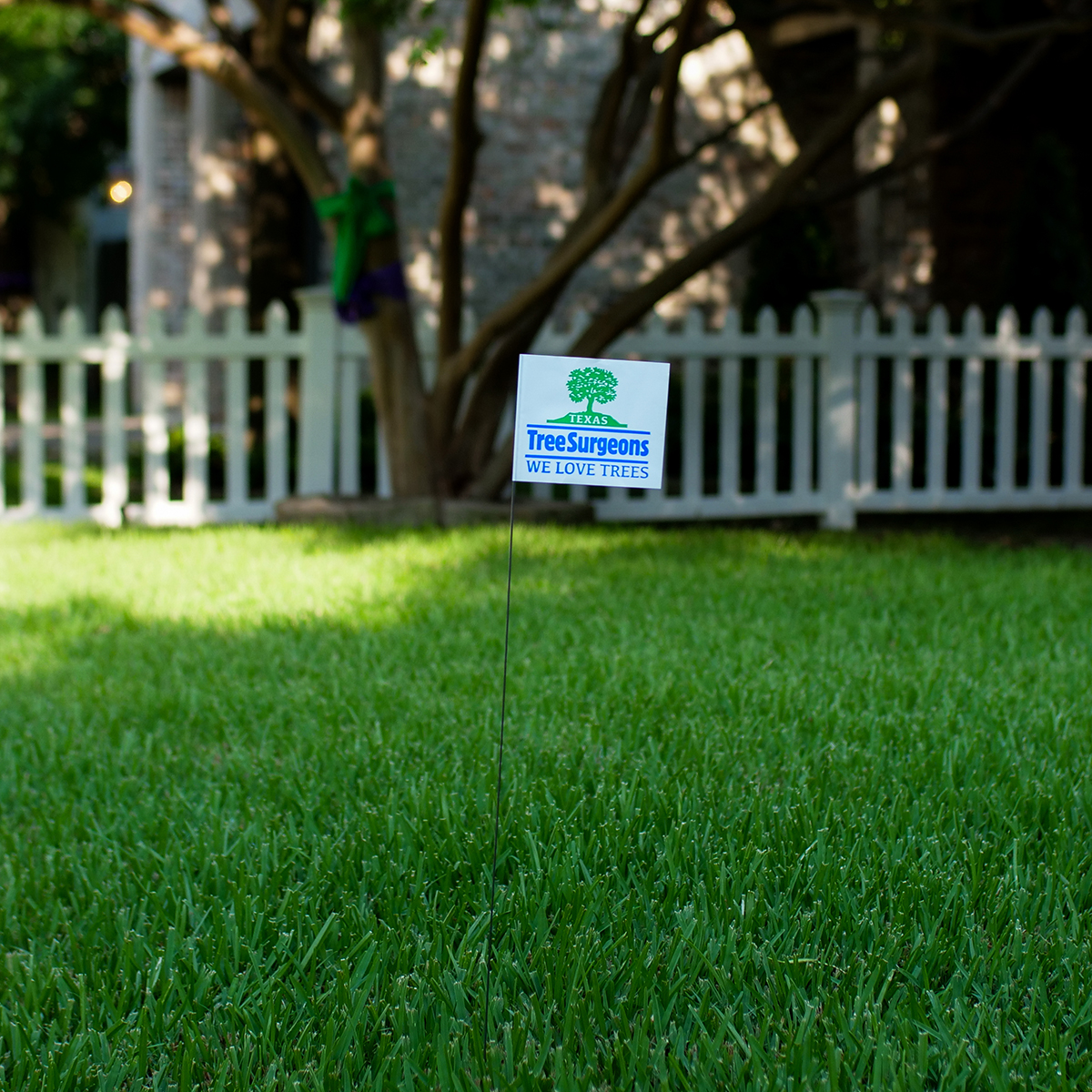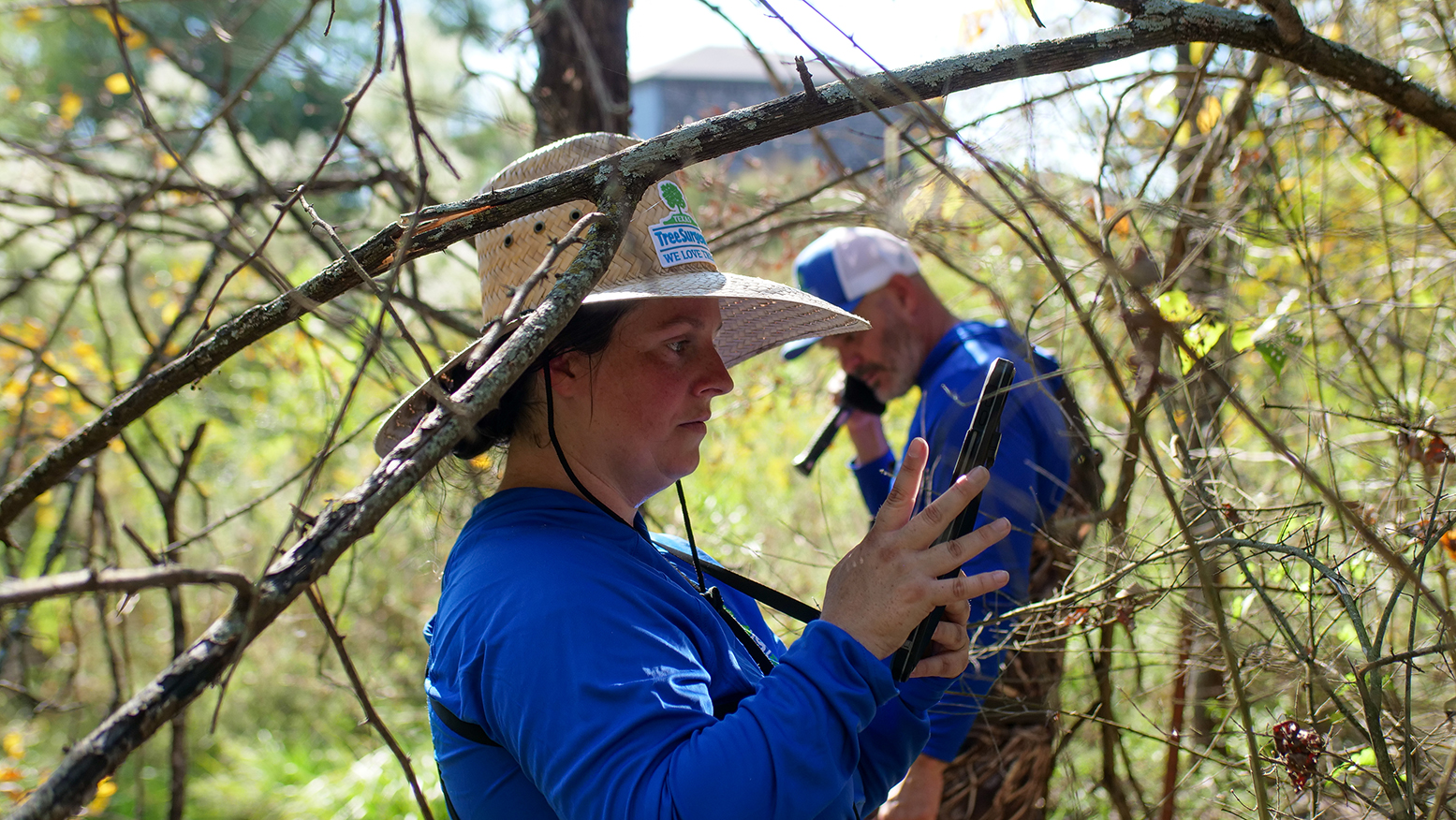Storms and Trees – Quick Tips!

As we prepare for storm season, Texas Tree Surgeons has a few tips for taking the best care of your trees. Let us know if you have questions or need us to come out to assess your trees!
Consult a Certified Arborist to Assess Any Storm Damage
Storms, especially ones with high winds and hail, can cause extensive damage to trees. After the storm, it is important to remove any damaged or fallen limbs, and to clean up the wounds from damage. If the tree is at risk for oak wilt or other diseases, it is critical to clean up wounds and seal cuts. See our post on storm damage.
Water and Fertilize After the Storms Have Passed
After any flooding has receeded, and the ground returns to its usual moisture levels, it is important to begin a water regimen for damaged trees. Damage to tree tissue can reduce the tree’s ability to pull water and nutrients from the soil. Additionally, consider fertilizer to increase availability of nutrients in the soil.
Special Note About Hail
Hail can defoliate trees and cause damage to the outer layers of tree bark. The loss of leaves and damage to vascular tissue can severely limit the tree’s ability to use nutrients. Healthy trees can recover, but trees with underlying issues or stressors may have a hard time bouncing back.
Watch for Signs of Stress
Just like after construction, it can take weeks or months for trees to show signs of stress from storm damage. Yellowing leaves, dieback, and limb discoloration are some signs of stress. If you see any of these signs, or have any other questions about your tree’s health, consult a certified arborist.
At Texas Tree Surgeons, we love trees and we love our customers, and we want to help our beautiful North Texas trees weather any storms that may come. As always, let us know if you have any questions or would like a visit from a certified arborist — storm damage or not.
Related Blogs
Similar blogs related to this topic


Top 10 Things We'd Tell You as an Arborist if We Weren't Afraid of Hurting Your Feelings
This is a list of tree care worst practices that you, or someone you know may be guilty of. Read the following list at your own risk. You’ve been warned, feelings may get hurt. 1.…
Read more

Avoid These Tree Care Mistakes for a Healthy Landscape
Below is a list of overlooked mistakes that could jeopardize the health of your trees. From missteps in pruning to incorrect watering practices, discover how to give your trees the care they deserve. Red oak…
Read more

Why do Arborists Recommend Soil Sampling in Urban Areas like Dallas?
Soil sampling is a crucial practice in urban areas like Dallas. It helps arborists make informed decisions about your landscape to ensure a healthy urban ecosystem. Our native soils vary widely—from the dense clays of…
Read more
